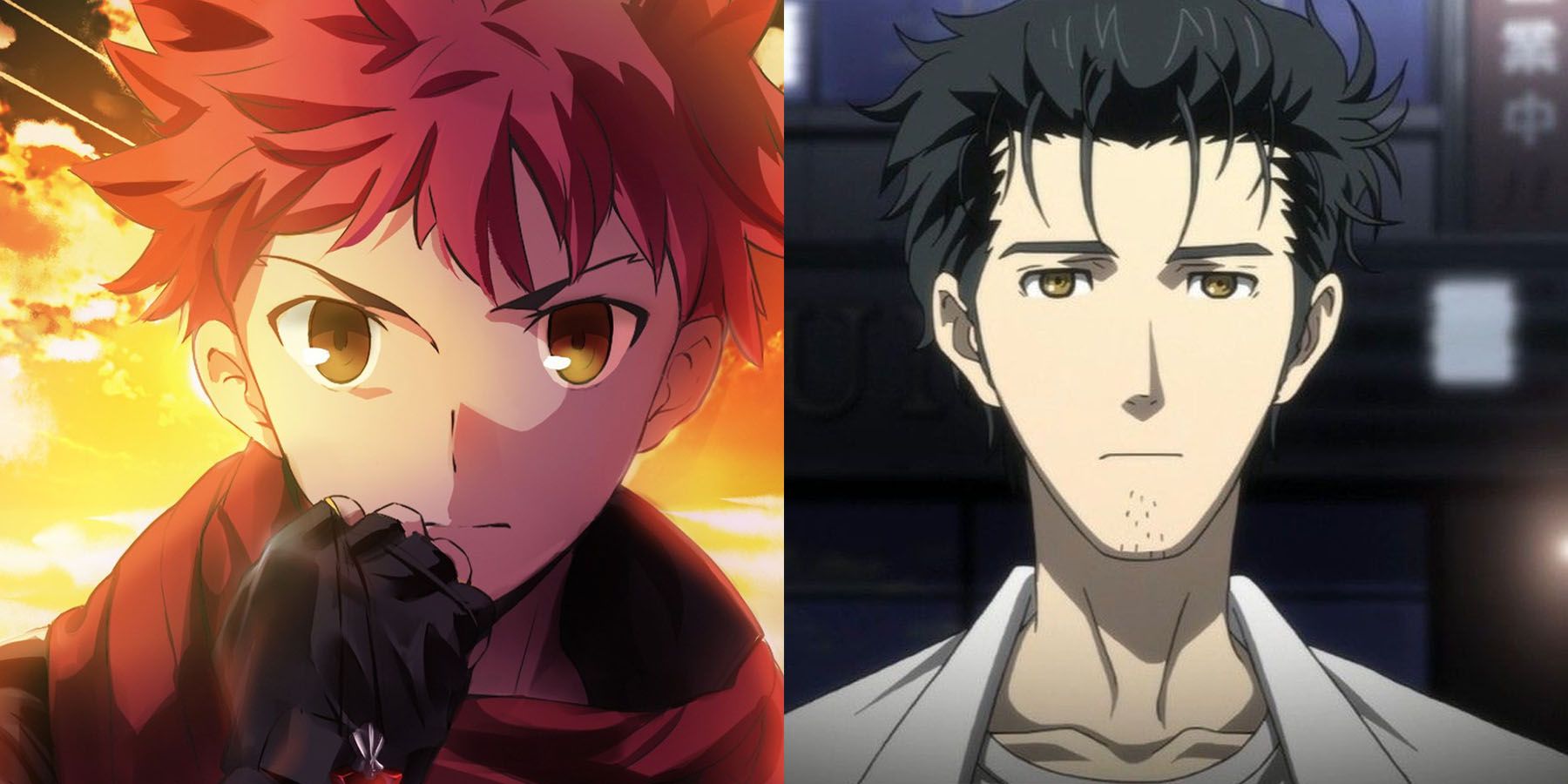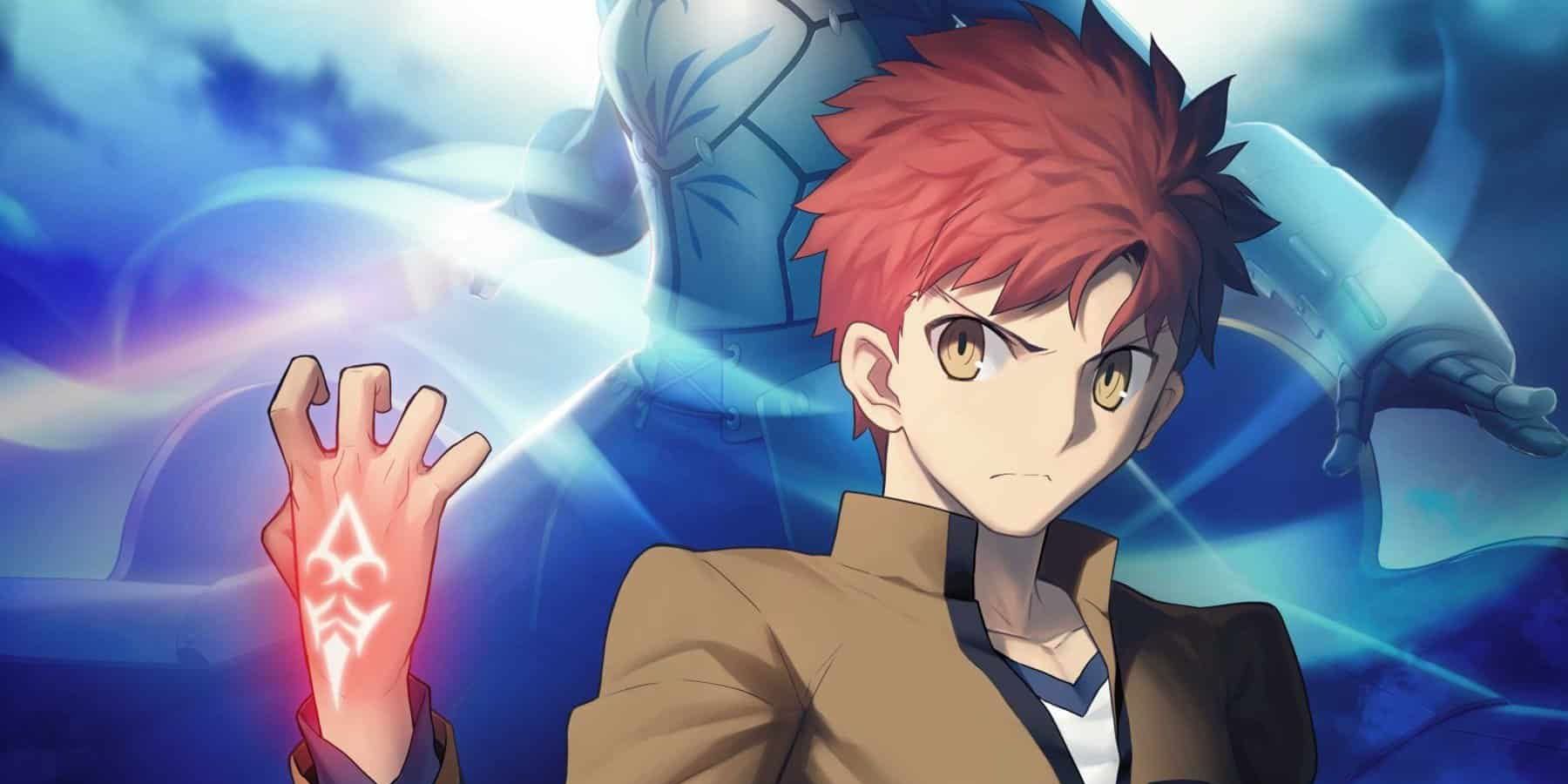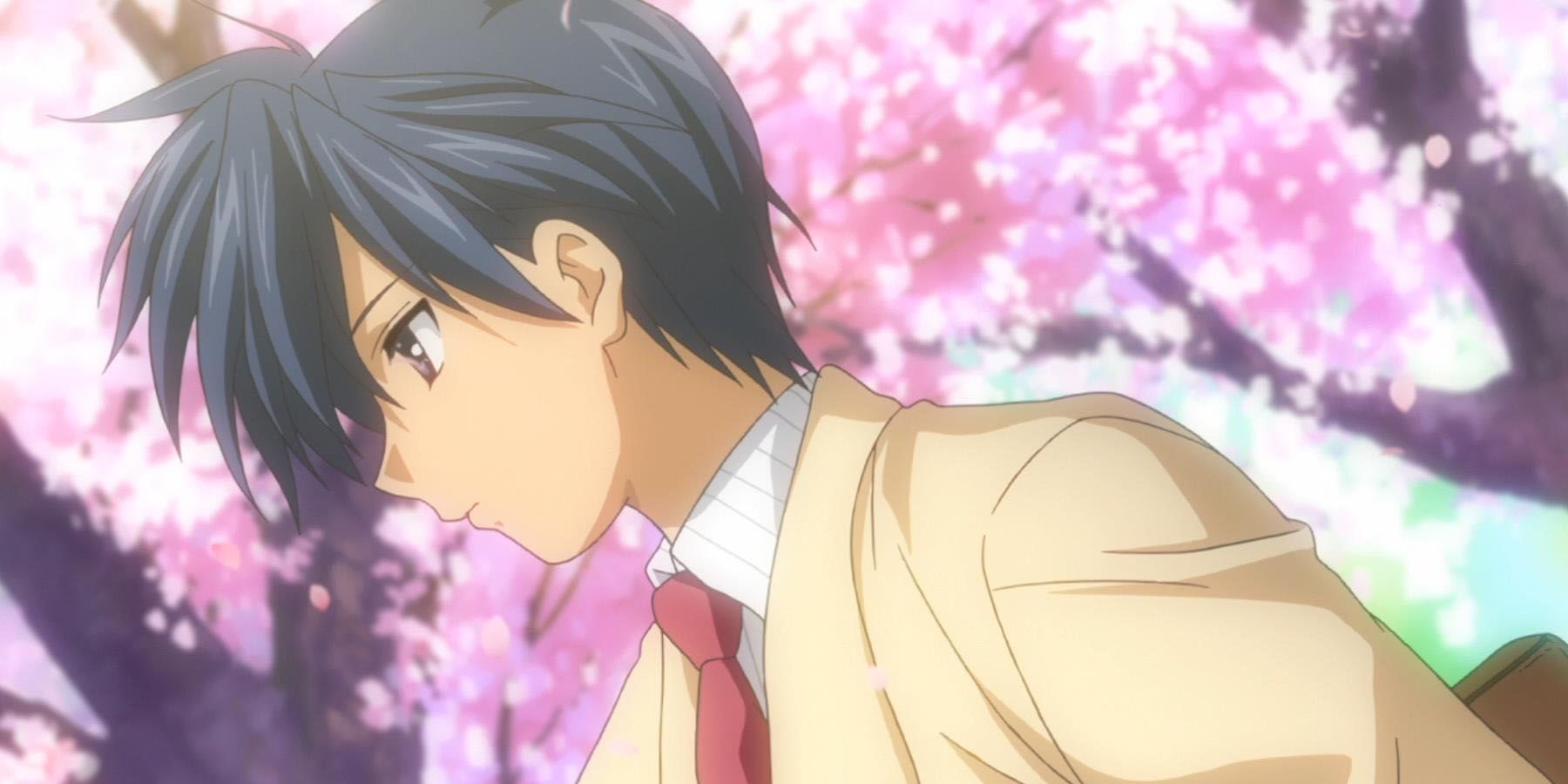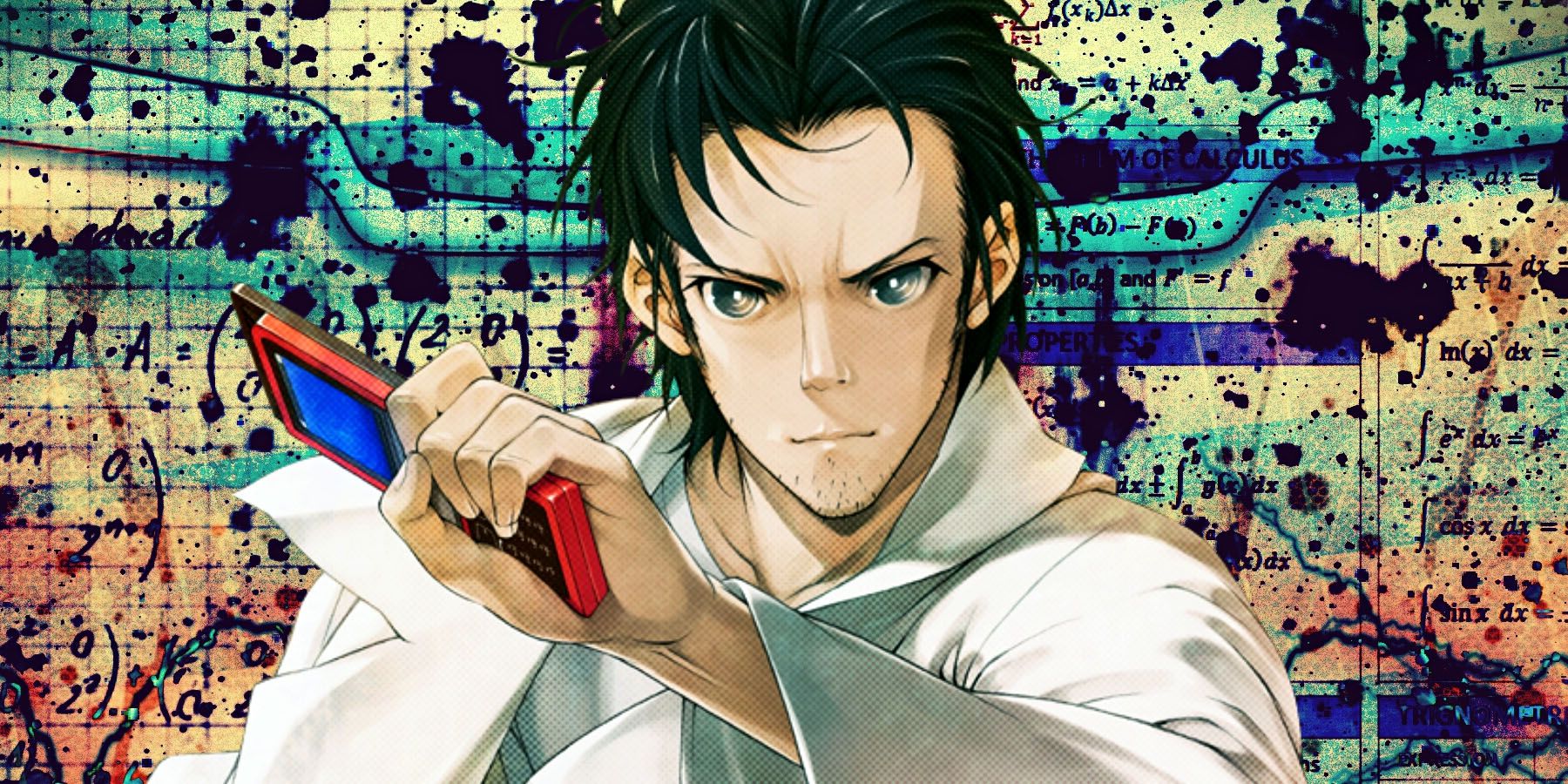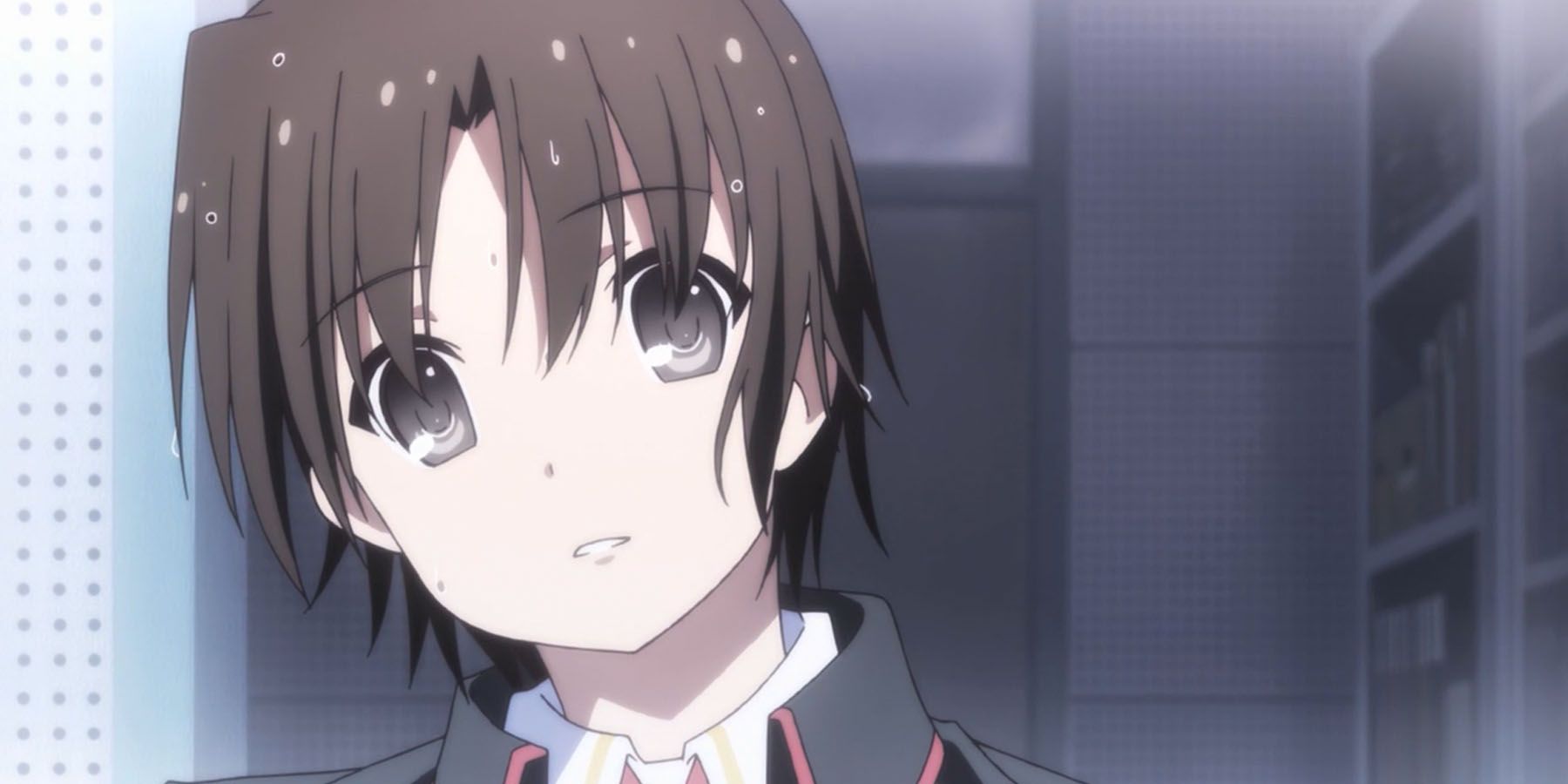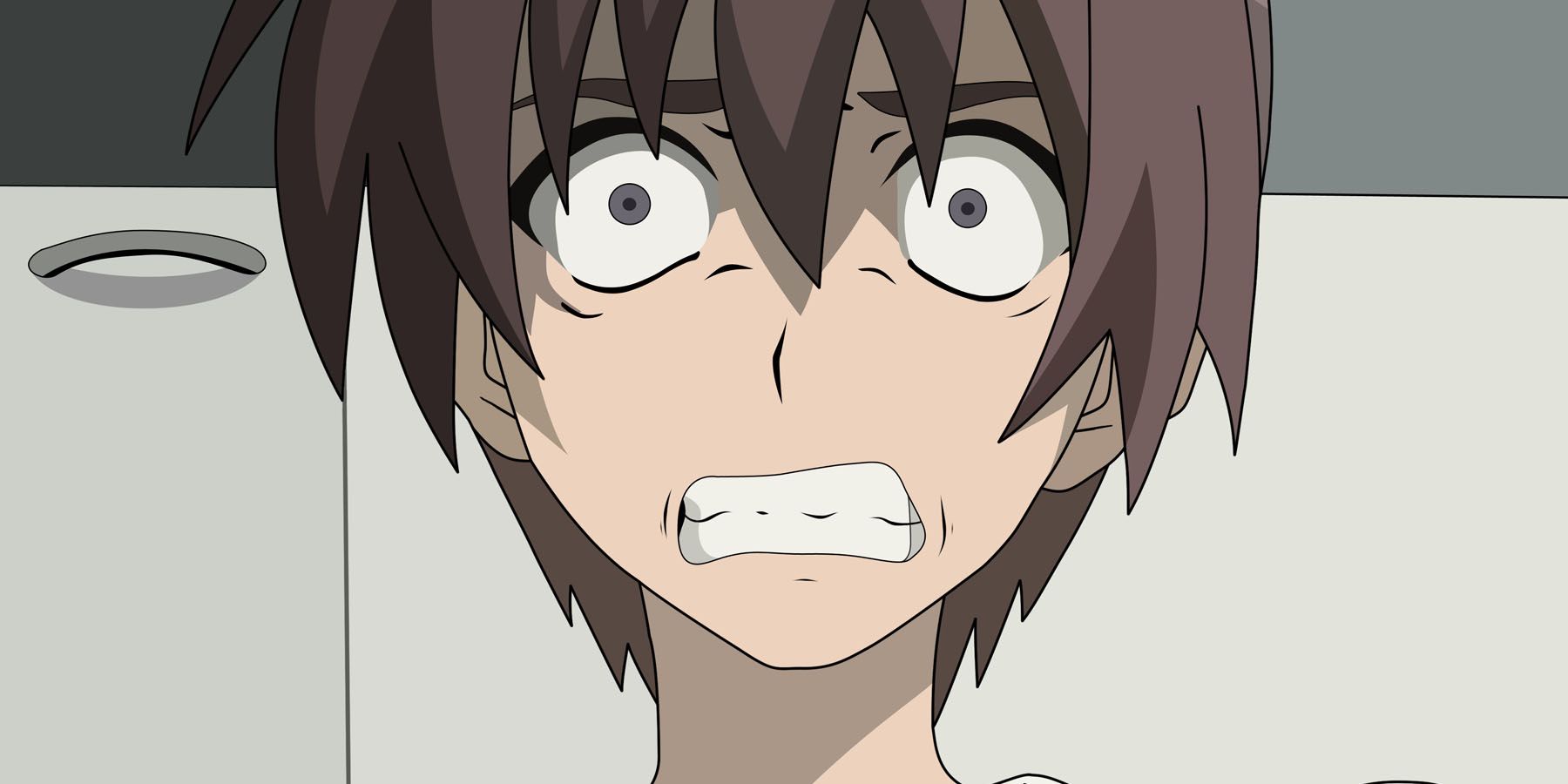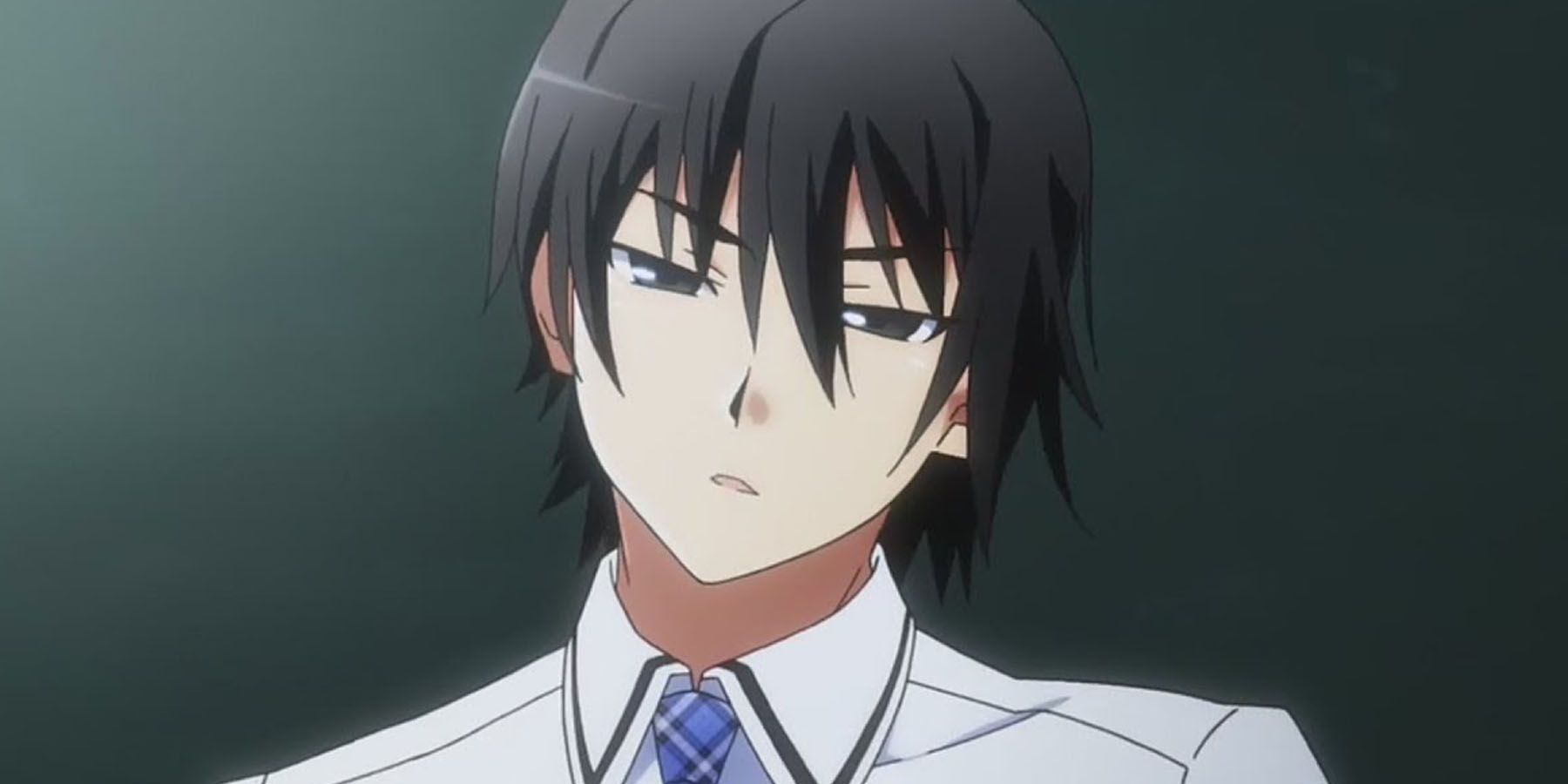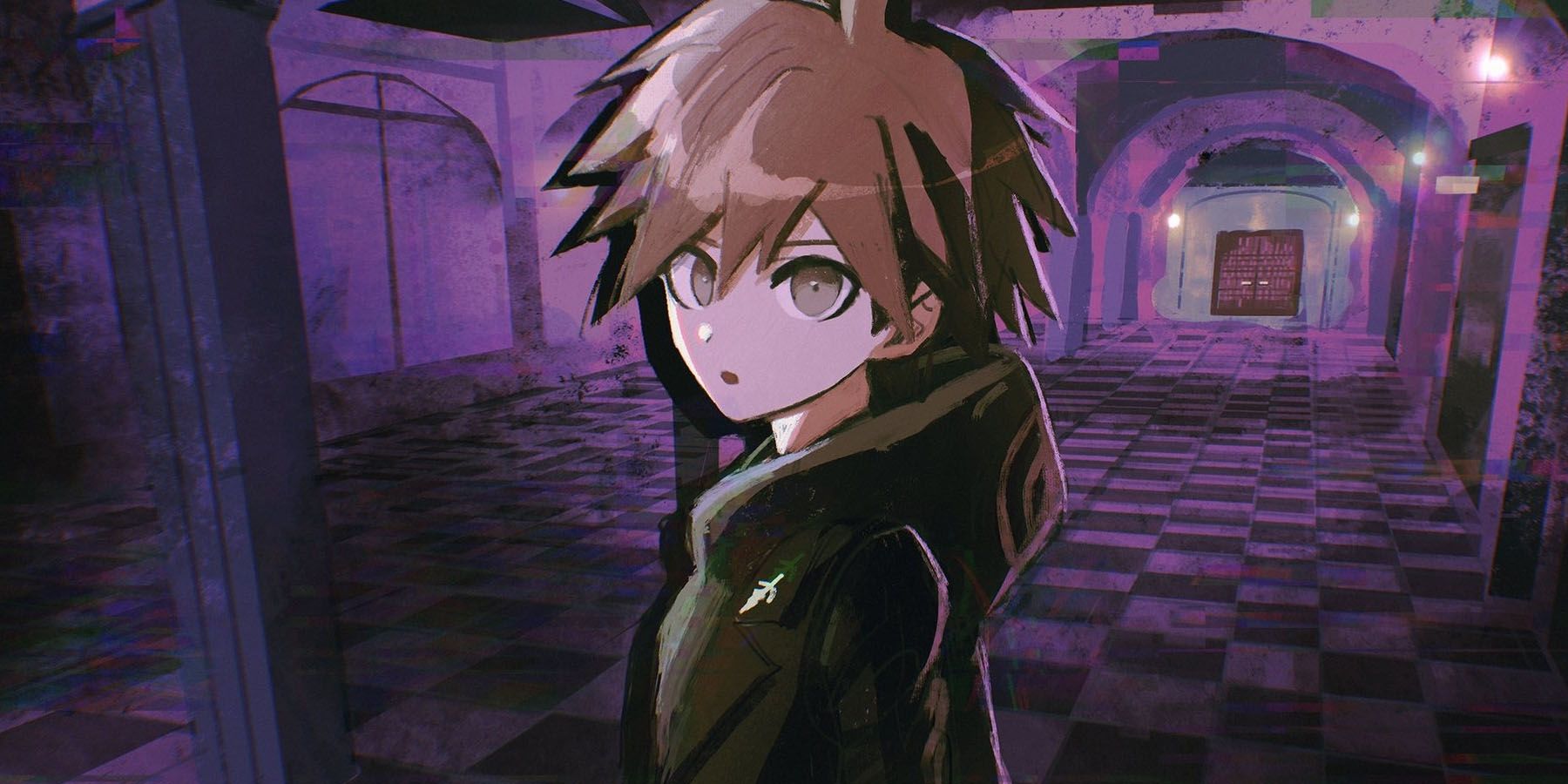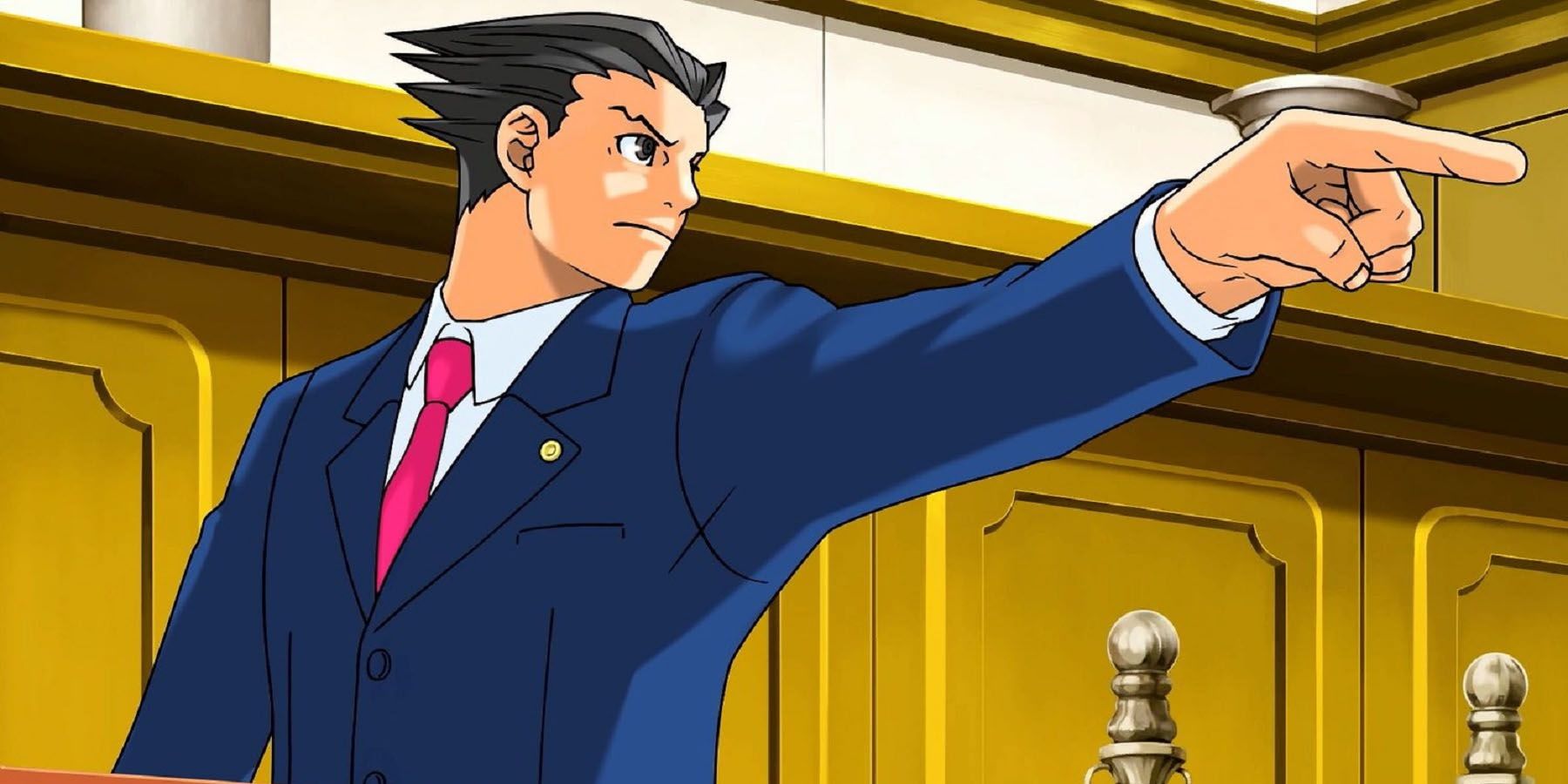Compared to light novels and even manga, the visual novel allows players to enjoy the depth of literary appeal of anime visuals but also choice-based gameplay to pursue different heroines and/or timelines. This interactive take on alternate reality makes anime adaptations of these visual novels something to anticipate, as the anime has to find some way of tackling all “routes” in the story that viewers can’t immediately predict: be it through episodic arcs like in Steins;Gate, or even spreading these stories across spin-offs like in Fate.
And as with other anime adaptations, the protagonists of these stories are more or less the same versions of these heroes from their source material. However, some anime protagonists that hail from visual novels end up becoming inferior to their original counterparts. Which anime protagonists are portrayed better in their visual novel sources?
8 Emiya Shirou – Fate/Stay Night
While at first an ordinary teenager yearning to be a hero, Shirou Emiya and his sense of heroism is put to the test when the arrival of the mysterious warrior Saber will have him unwittingly join the Holy Grail War. Although starting as a nobody who has nothing but his basic kendo skills and a knack for repairing things that borders on “magic,” Shirou becomes one of the rising stars of the Fifth Holy Grail War. The anime version of Shirou takes the trappings of a typical shonen protagonist: friendly and heroic, willing to risk his life for friends, and rather naive to a fault. However, the visual novel offers more of Shirou outside his anime depiction.
Thanks to the VN taking place from Shirou’s perspective, fans get a deeper look into the crux of Shirou’s desire to be a hero. Having an adoptive father in the form of Emiya Kiritsugu who also wanted to become a hero, Shirou felt it was his role to take on his father’s legacy to become a force of good in society. It’s through the VN that fans of Shirou can get a more nuanced look into his version of a hero complex, with the many trials he undertook in the Holy Grail War forcing him to come to terms with the harsh reality outside his dreams.
7 Tomoya Okazaki – Clannad
Considered as one of the best romance anime of all time, Clannad presents quite a riveting tale of love and family as Tomoya Okazaki confronts his delinquency and troubles at home with the help of his new friends at the drama club. While both the anime and the visual novel emphasize his relationship with his friends, particularly his leading lady Nagisa, Tomoya as a protagonist is better developed through his perspective in the visual novel.
It’s thanks to his more overt and straightforward nature that Tomoya’s “harsh” self is easily seen in the Clannad anime. However, the deeper context and frustrations that he reflects through his words are better articulated in his point of view in the Clannad visual novel, all of which make Tomoya a more believable and realistic protagonist. It’s Tomoya’s internal struggle in the visual novel that make both his struggles and progress something to be proud of, especially when he encounters adult life in After Story.
6 Okabe Rintarou (Steins;Gate)
When a self-proclaimed mad scientist, Okabe Rintarou, stumbles upon a phone that can send messages back in time, he and his friends in the hobby district of Akihabara find themselves in a time travel story that doesn’t quite feel like a story anymore. In Steins;Gate, Okabe embarks on a journey across spacetime where he has to repair the various effects their preemptive text messages have done. And while the anime shows this from the perspective of a middle-aged man forced to confront his need to be an adult, the visual novel has a more horrifying take on his perspective. It’s this portrayal that transforms Steins;Gate into easily one of the best modern time travel stories in both recent anime and popular fiction.
Since the beginning of the visual novel, Okabe is presented as a guy who knows much about his pop culture. This cemented the fact that he’s crazily intelligent enough to even attempt to send messages in time…but also stupid enough to not understand the consequences. Witnessing Okabe being hopeful and then driven to desperation as he’s the only one capable of fixing their damage in time can be both a riveting read and a terrifying perspective to relive. While the anime offered a visual experience of Okabe’s struggles, being able to read his thoughts throughout the endeavor made his actions more reasonable and his results more palpable.
5 Riki Naoe – Little Busters
Friendship and camaraderie aren’t always themes in a visual novel, which makes Little Busters quite a change of pace. Protagonist Riki Naoe is once again roped into antics by his friends from the Little Busters, a group of childhood friends who want to fight evil and preserve justice. This time around, their leader Kyousuke wants them to compete in a baseball tournament, and Riki has to find more members to join. This leads him to a path of making friends with other women in the school, who hang out with him and eventually join the Little Busters.
Riki maintains a similar nature and demeanor in both the original Little Busters VN and the anime, where his membership in the Little Busters as a child helped him overcome his grief of losing his parents and his narcoleptic condition. While the anime remains a riveting emotional experience, it’s still another thing to read Riki’s point of view in moments when he had to overcome his personal struggles. Whereas most visual novel protagonists are often selfless individuals with heroic tendencies, Riki’s desire to help his friends and be genuinely thankful for their support is something relatable to all audiences.
4 Keiichi Maebara – Higurashi: When They Cry
When Keiichi Maebara moved to the small town of Hinamizawa in the countryside in 1983, he was expecting a quieter life as a student. And after he befriends some other students, he learns of the annual Watanagashi Festival that centers around the worship of Oyashiro, the local deity. However, when Keiichi learns that the previous four Watanagashi Festivals have been plagued with disappearances and grisly murders, he slowly becomes more involved in the “Oyashiro Curse” surrounding the killings than he’s realized.
Keiichi himself is a suitable protagonist in the Higurashi anime, with his role as a foreigner making him an excellent self-insert for viewers to get attached to the rest of the cast and ask questions “through” him. However, the visual novel’s nature as a condensed murder case gives Keiichi room to give readers a more nuanced take on the murders as an outsider. The lack of initial investment in the events of the town and its citizens will have Keiichi give readers a sense of life he’s experienced outside Hinamizawa. This gives players an additional feeling of dread as while they’re always able to close the game and retreat to the real world if they find the game too grisly, Keiichi is stuck until players help him solve the case.
3 Yuji Kazami – The Fruit Of Grisaia
Players and viewers of The Fruit of Grisaia would think of its story as a typical harem romance, with protagonist Yuji Kazami transferring to prison-like Mihama Academy and coincidentally ending up in close relations with the only five females of the school. The visual novel would have Yuji get close to each of these women, all of whom would become infatuated with him after he helps them deal with their darker pasts. Despite Yuji’s desire for a normal school life, his rather “military” approach to a minimalist life would end up with him inevitably changing his views in life.
While Yuji’s rather “emotionless” personality makes him an ideal stand-in for Grisaia viewers to choose their waifus among the women in the cast, Yuji’s personality is far better developed and explored in the visual novel. His cool-headed and minimalist lifestyle always seems to clash in some way with those of the girls around him, but the visual novel offers a deeper look into what convinced him of taking certain approaches in life. Given how the anime condenses the story arcs of the visual novel, having the leeway of being able to read through Yuji’s perspective without the pressure of moving the story along can make his story more accessible to fans.
2 Makoto Naegi – Danganronpa: The Animation
It’s often a plot point in anime stories for an average protagonist to be luckily enrolled in a prestigious school, and this was Makoto Naegi for Danganronpa: The Animation. Based on the acclaimed visual novel Danganronpa: Trigger Happy Havoc, Makoto is the “Ultimate Lucky Student” among 14 other “Ultimate” students in Hope’s Peak Academy, each possessing incredible talent in one field. When the bear Monokuma tells them they will be stuck and left to die in the Academy forever unless they kill another student without being convicted, Makoto becomes the arbiter in trials due to his insights. Given how the anime condensed hours’ worth of gameplay in just 13 episodes, the exaggerated antics of the other cast members were exemplified without giving much value to their development. This had the same effect on Makoto, with the anime reducing him to the equivalent of a smarter audience self-insert.
However, the game takes a slower and surer pace on Makoto’s role throughout the murder mystery anime. Aside from the pseudo-shooter mechanics of the visual novel, players get a more elaborate view of Makoto’s perspective as a player fighting for his life throughout the game. The visual novel makes Makoto’s more serious and mature outlook on the battle royale more enjoyable, especially since his more logical view on survival not just helps players manage their pacing but also allows them to look at the cases more rationally as well.
1 Phoenix Wright – Ace Attorney
Given the abundance of visual novel anime adaptations, it might come as a surprise that the Ace Attorney series would see action on the big screen. With the first and second seasons adapting the first three games of the franchise, fans can finally sit back and see Phoenix Wright himself work his way through solving the game’s iconic first cases. Unfortunately, the rushed pacing of the story made the storytelling and quirks of the characters feel out of place, removing a lot of room for the anime to showcase the development of the game’s main characters. This lack of nuanced development was a shame, especially for Phoenix Wright, whose complexities as a character goes beyond his iconic “Objection!” line.
It’s his journey throughout these Phoenix Wright cases that would propel him into an up-and-coming young attorney, with his mettle continuously challenged by the likes of Miles Edgeworth. Moreover, it’s much more interesting to see Phoenix Wright himself make more nuanced arguments throughout his and the player’s search for clues - be it through observation or interviewing the people around him. It’s these small quips, dialogue options, and even the way he reasons his approach to cases that develops Phoenix into an admirable character worthy of being one’s inspiration to get into law.

